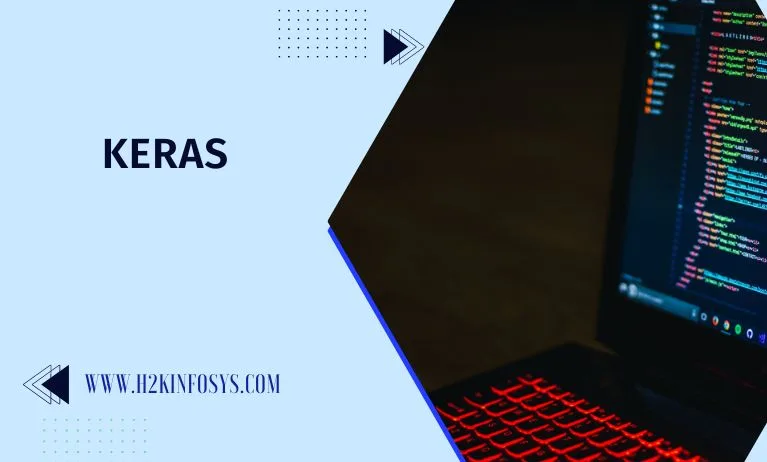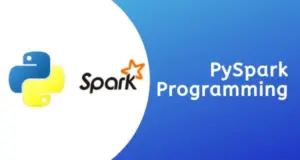Keras is a high level, deep learning API developed by Google for implementing neural networks. It will be written in python and is used to make the implementation of neural networks. It will assist many backend neural network computation. Keras will be relatively easy to learn and work with because it will provide a python frontend with a high level of abstraction while it has the options of multiple back-ends for computation purposes. This will make Keras very slower than the deep learning frameworks but it is beginner friendly.
Why do we need Keras?
Keras is an API that is made to be easy for people to learn. Keras will be made simple. It also provides consistent and also simple APIs and reduces the actions that are required to implement the common code and also tells errors.
Prototyping time in Keras is less. This means that our ideas will be implemented and deployed in a shorter time. Keras provides multiple deployment options that depend on the user’s needs.
Languages with a high level of abstraction and inbuilt features which are slow and building custom features will be hard. Keras runs on top of Tensorflow and is relatively very fast. Keras will be deeply combined with Tensorflow, so we can create many custom workflows with ease.
The research community for Keras will be vast and highly developed. The documentation and help available are more extensive than other deep learning frameworks. Keras is used commercially by many companies like Netflix, Uber, Square, Yelp etc which have deployed products in the domain which are built using Keras.
The features of Keras are:
- It runs smoothly on both CPU and GPU.
- It will assist almost all neural network models.
- It is modular in nature which makes it expressive,flexible and also apt for innovative research
How to construct a model in Keras?
- We have to define the network in this method. We define the different layers in our model and connections between them. Keras has two main types of models. It is a sequential and functional model.
- Compile the network- To compile code means to convert it in a form suitable for the machine to understand. In Keras, the model .compile() method will perform the proper function. To compile the model, we will define the loss function which calculates the loss in our model, this optimiser which reduces the loss and also metrics which will be used to find the accuracy of our model.
- Fit the network- We fit our model to our data after compiling. This will be used to train the model on our data.
- Evaluate the network- When we fit our model we need to evaluate the error in the model.
- Make predictions- We use model.predict() to make predictions using our model on new data.
Applications of Keras:
- Keras will be used for building deep models which can be productised on smartphones.
- Keras will also be used for distributed training of deep learning models.
- Keras is also extensively used in deep learning competitions to build and deploy working models that are fast in less amount of time.
How to install Keras?
Keras is straightforward to install if we already have a working python and SciPy (Python Library with scientific and technical computations or equations) environment. We must also have the installation of Theano or Tensorflow on the system already. We can install by PyPi by
sudo pip install keras
We can check the version of keras on the command line using the following:
python -c “import keras; print keras.__version__”
By running the script we will see
2.2.5
We can upgrade our installation in keras
sudo pip install –upgrade keras
Benefits are:
- It has larger community support
- It is easy to test.
- Keras supports neural networks which are written in python and also makes things very simple.
- Keras will assist both convolution and recurrent networks.
- There are deep learning models that are discrete components we can combine into multiple ways.
Questions:
- What is Keras? What are its features
- What are the benefits of Keras?




























